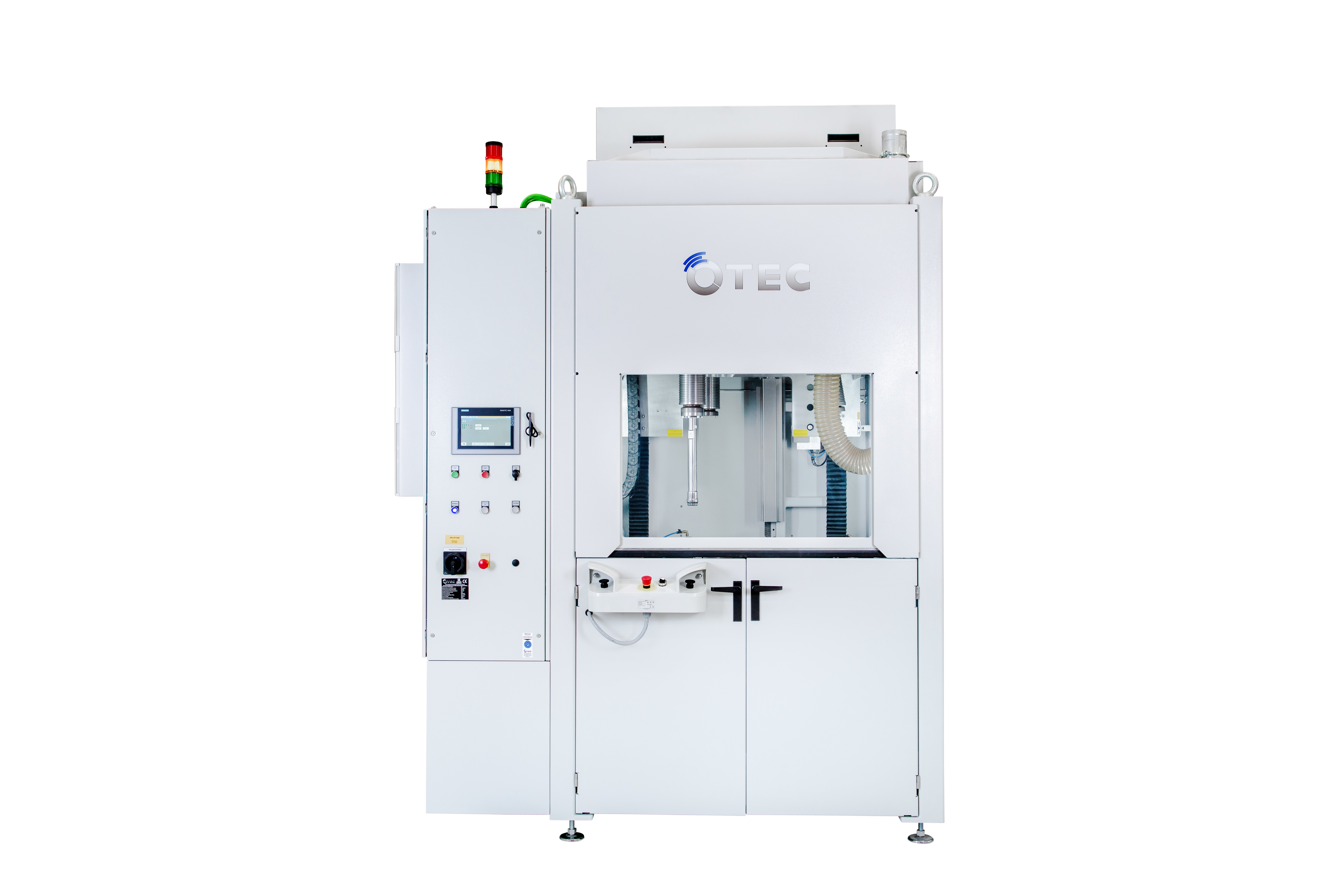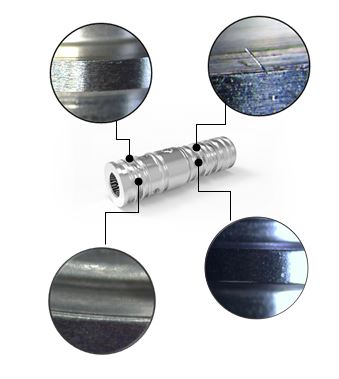OTEC recently expanded its range of stream finishing machines with the addition of the SF-HP, which is designed specifically to accommodate heavier and larger workpieces for industries including aerospace, food, forming tools, machinery construction, energy, oil and gas.
The SF-HP is the world’s first stream finishing machine for workpieces with a diameter and length up to 650 mm and weighing up to 200 kg. Due to the large number of axis settings for the process head and spindle, almost any movement of the workpiece through the process media is possible. This results in precise surface finishing in the shortest possible time, even for the smallest of workpieces. The stream finishing technology provides a green mechanical process without aggressive chemicals. The finishing process improves the tribological surface properties by reducing friction and abrasion.

Prior to the introduction of the SF-HP, OTEC’s SF series machines could only accommodate smaller workpieces up to 350 mm in diameter, 400 mm in length and up to a weight of 60 kg. The new machine also provides an ergonomic solution in the handling of these large and/or heavy workpieces. The customer only needs to place their workpiece into our machine loading area, which can be done with a trolley that is docked to the machine. The loading and unloading of the SF-HP is done with an integrated loading system which picks the work-piece from the loading area, loads it in the processing area and then brings it back again to the load-ing area. In both cases no manual loading of large and/or heavy workpieces is necessary. No robot programming knowledge is needed to program the integrated loading system.
The SF-HP provides the customer with maximum flexibility for workpiece processing. It combines three different drive technologies into one system. With this one system you can either rotate your workpiece at different speeds in one direction, use the step function to place your workpiece at certain angles in the media, or use the pulse finishing technology. Thanks to a large number of axis settings and a flexible process head, you can program almost any workpiece movement through the process media, which guarantees the best possible finishing.
If you’d like to learn more about the SF-HP, please send us a sample processing request.















